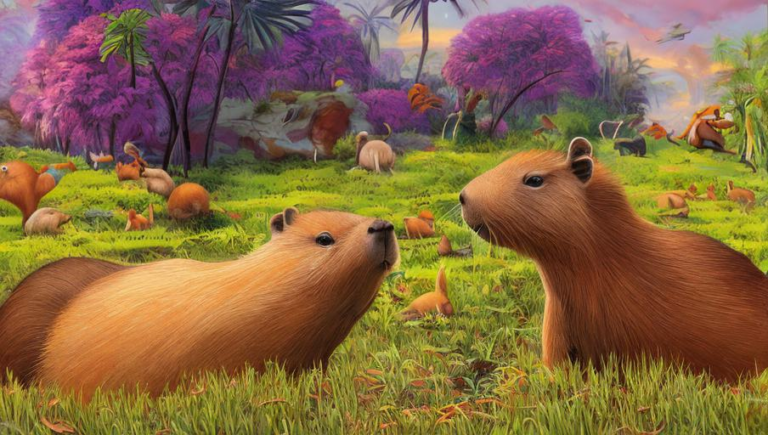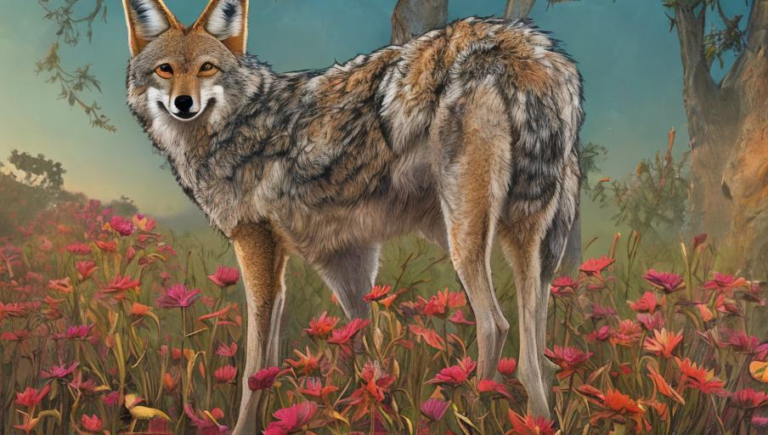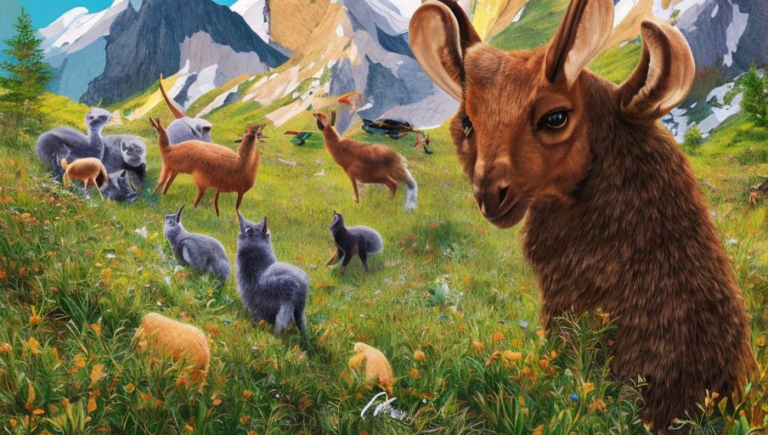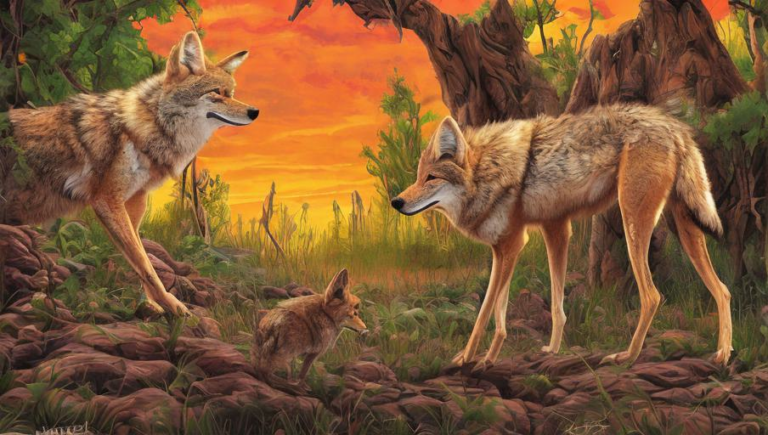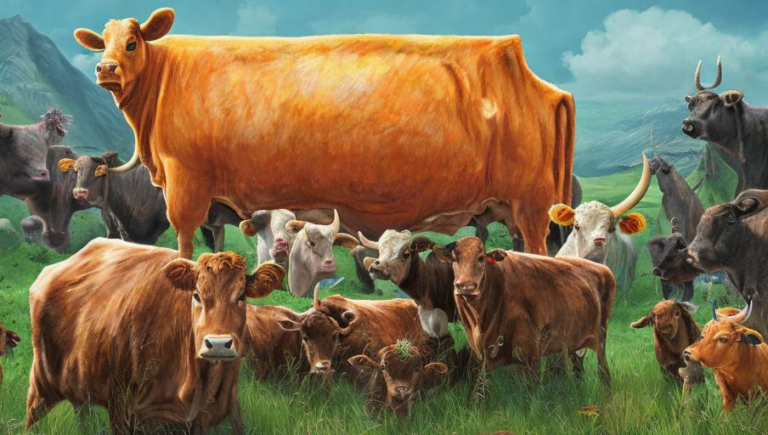A Look at the Role of Antelope in Ecosystems
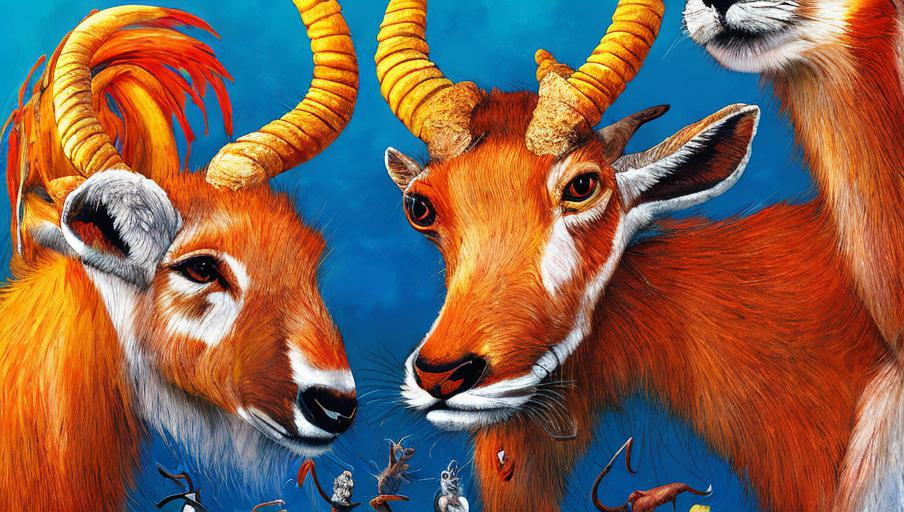
Introduction
Antelopes are an important species of hoofed mammals found in various habitats around the world. In many ways, they are an integral part of the environment, providing food and resources for other animals, as well as playing an important role in the food chain. In this article, we will take a look at the role of antelope in their ecosystems, their various habitats, and how humans can help protect them.
Habitats
Antelopes are found in a variety of habitats, including grasslands, shrublands, and woodlands. They generally prefer habitats with plenty of vegetation and areas with sparse human activity. They may be found in both dry and wet climates, with some species even being able to survive in deserts. Antelopes are adaptable and can live in a variety of different habitats, though they typically prefer areas with plenty of high grasses and shrubs.
Role in Ecosystems
Antelopes play an important role in their ecosystems. They are a primary food source for many predators, including large cats, hyenas, and wild dogs. They also provide resources for other animals, such as providing shade for other species and serving as a food source for scavengers. In addition, antelopes help to keep vegetation in check by grazing on grasses and shrubs. This helps to keep the area from becoming overgrown and helps to prevent the spread of invasive species.
Threats
Unfortunately, antelopes are facing many threats in their natural habitats. Habitat loss is a major concern, as human activity encroaches on their natural habitats. Additionally, poaching is a major problem, as antelope horns and hides are highly sought after. Climate change is also a growing concern, as it can have a drastic effect on antelope populations. Finally, in many areas, antelopes compete with livestock for food and resources, which can lead to further decline in their numbers.
Conservation and Protection
In order to protect antelopes, it is important to take steps to conserve and protect their natural habitats. This includes limiting human activity in the areas they inhabit, as well as protecting the areas from poaching. Additionally, it is important to educate the public about the importance of antelopes and their role in the environment. Finally, it is important to support organizations that are working to protect antelopes and their habitats.
Conclusion
Antelopes are an important species of hoofed mammals that play an important role in their ecosystems. They are facing many threats, including habitat loss, poaching, and competition with livestock. In order to protect them, it is important to take steps to conserve their habitats, educate the public, and support organizations that are working to protect them. By doing this, we can ensure that antelopes remain a part of our world for many years to come.
